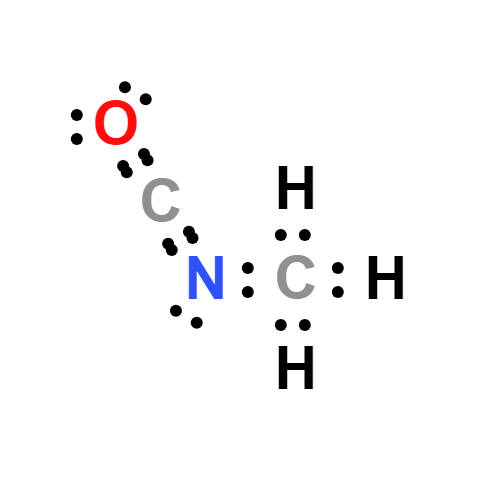
METHYLISOCYANATE 1 X 500MG NEAT
- Product NameMETHYLISOCYANATE 1 X 500MG NEAT
- CAS624-83-9
- CBNumberCB5500181
-
MFC2H3NO
Lewis structure
- MW57.05
- EINECS210-866-3
- MDL NumberMFCD00002038
- MOL File624-83-9.mol
Chemical Properties
| Melting point | -45℃ |
| Boiling point | 59.6℃ |
| Density | 0.9230 |
| vapor pressure | 348 at 20 °C (NIOSH, 1997) |
| refractive index | 1.3419 |
| Flash point | -7 °C |
| form | Liquid; aerosol |
| Water Solubility | 10 wt % at 15 °C (NIOSH, 1997) |
| Merck | 13,6112 |
| Exposure limits | TLV-TWA skin 0.047 mg/m3 (0.02 ppm) (ACGIH and OSHA); IDLH 47.4 mg/m3 (20 ppm) (NIOSH). |
| Dielectric constant | 29.4(21℃) |
| Stability | Stable, but highly reactive. Highly flammable. Readily forms explosive mixtures with air. Note low boiling point, low flash point. |
| EWG's Food Scores | 4 |
| FDA UNII | C588JJ4BV9 |
| Proposition 65 List | Methyl Isocyanate (MIC) |
| NIST Chemistry Reference | Methane, isocyanato-(624-83-9) |
| EPA Substance Registry System | Methyl isocyanate (624-83-9) |
Safety
| Symbol(GHS) |
   
|
|||||||||
| Signal word | Danger | |||||||||
| Hazard statements | H225-H301-H311-H315-H317-H318-H330-H334-H335-H361d | |||||||||
| Precautionary statements | P210-P233-P240-P241-P242-P243-P280-P303+P361+P353-P370+P378-P403+P235-P501-P264-P270-P301+P310-P321-P330-P405-P501-P280-P302+P352-P312-P322-P361-P363-P405-P501-P264-P280-P302+P352-P321-P332+P313-P362-P261-P272-P280-P302+P352-P333+P313-P321-P363-P501-P280-P305+P351+P338-P310-P260-P271-P284-P304+P340-P310-P320-P403+P233-P405-P501-P261-P285-P304+P341-P342+P311-P501 | |||||||||
| Hazard Codes | F+,T+ | |||||||||
| Risk Statements | 12-24/25-26-37/38-41-42/43-63 | |||||||||
| Safety Statements | 26-27/28-36/37/39-45-63-28-27 | |||||||||
| RIDADR | 2480 | |||||||||
| OEB | D | |||||||||
| OEL | TWA: 0.02 ppm (0.05 mg/m3) [skin] | |||||||||
| RTECS | NQ9450000 | |||||||||
| HazardClass | 6.1(a) | |||||||||
| PackingGroup | I | |||||||||
| Hazardous Substances Data | 624-83-9(Hazardous Substances Data) | |||||||||
| Toxicity | LD50 in male rats (mg/kg): 140 single oral dose (Vernot); LC50 in rats (4 hours exposure to vapor): 5 ppm (Kimmerle, Eben) | |||||||||
| IDLA | 0.12 ppm (0.28 mg/m3) | |||||||||
| NFPA 704: |
|
